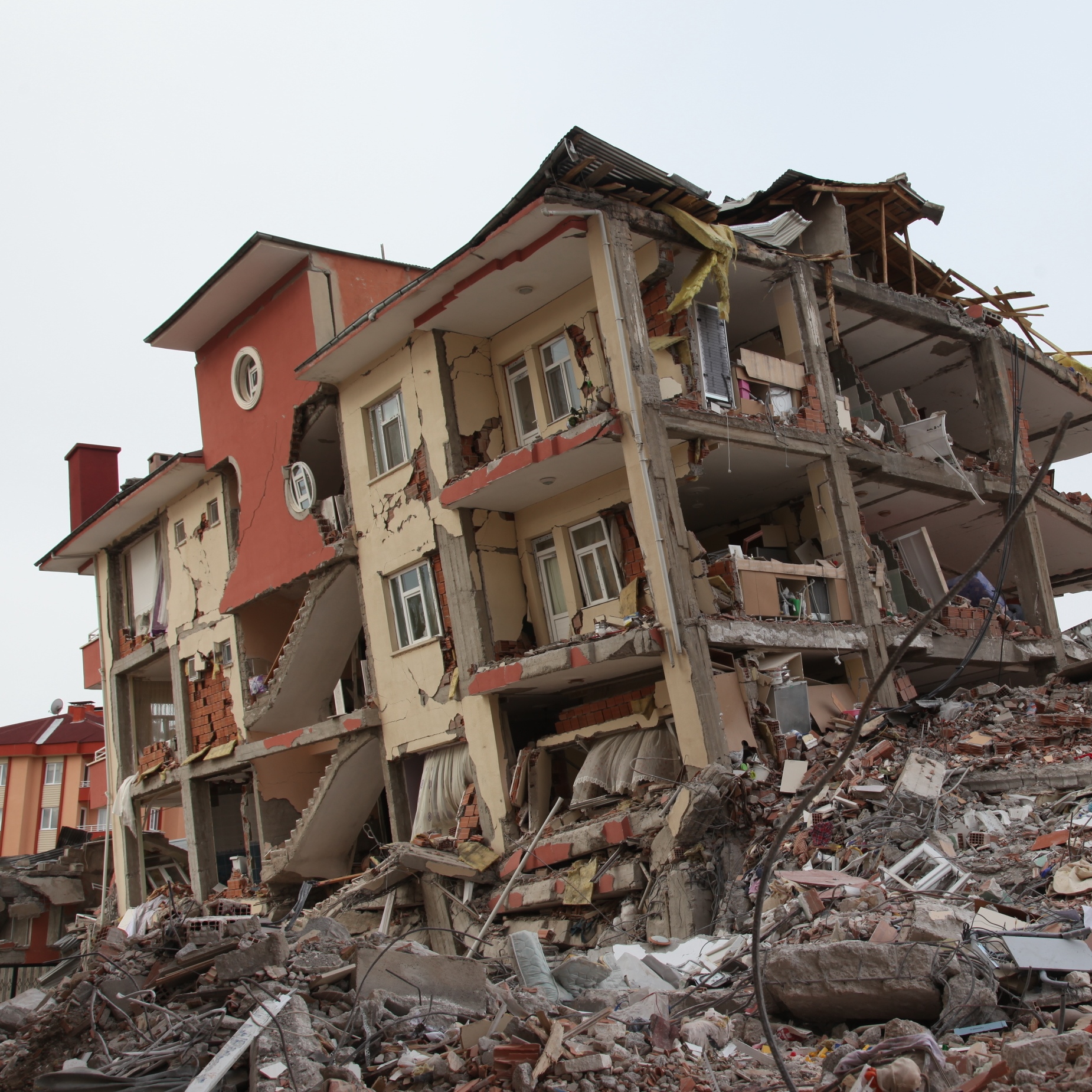
The San Andreas fault runs along the coast of California from Humboldt County in the north to near the Mexican border in the south, and it could simultaneously rupture along its full length, causing nearly $300 billion in property damage.
Based on the most recent data from the Uniform California Earthquake Rupture Forecast, Version 3 (UCERF3), a magnitude 8.3 quake is between 32% and 126% more likely to occur along the San Andreas fault than previously believed and could result in a reconstruction cost value (RCV) of more than $289 billion.
According to a new report from CoreLogic, the potential is frightening:
The major highlight of the new UCERF3 model is the conclusion that a single large earthquake could now simultaneously rupture the full length of the San Andreas fault spanning Northern and Southern California. Once considered impossible, the largest earthquakes (magnitude 8.0 and higher) can now cause damage over a much larger area, affecting a greater population and causing even more property damage than previously understood.
The previous model had reckoned that potential damage from a magnitude 8.3 quake would be limited to “independent regional impacts in Northern or Southern California.” Under the old model a total of 1.6 million homes with an RCV of $161 billion were estimated to be threatened. The new model raises the number of homes to 3.5 million and the RCV to $289 billion.
The implications of the new data are transforming the way risk managers evaluate and manage earthquake risk:
The implications of this change span far beyond the insurance industry, impacting response and recovery for public safety, infrastructure and the global supply chain. Since earthquake damage is not covered in a standard homeowner’s policy, this new view of earthquake risk also touches the mortgage industry. California has always been at high risk for earthquakes, but this risk may have a greater impact than previously anticipated, and needs to be taken into consideration during preparedness planning.
According to a Zillow report on earthquake insurance in California, only about 10% of the state’s residents purchase earthquake insurance. The annual average cost is $800, and deductibles do not function in the same way as on standard homeowner’s insurance. Where your standard homeowner’s insurance may have a $1,000 deductible so you would pay the first $1,000 and the insurance would pay the rest if, say, a tree toppled onto your roof, earthquake insurance deductibles are usually defined by the value of the house.
Here’s Zillow’s example:
[A] homeowner with a $200,000 house and a 20-percent deductible who suffers $50,000 worth of damage would have to pay the first $40,000 toward a claim before the earthquake coverage would take effect. If the damage is less than $40,000, the provider wouldn’t pay the policyholder anything.
And whether or not the house is totally destroyed, your mortgage payments are still due.
Take This Retirement Quiz To Get Matched With An Advisor Now (Sponsored)
Are you ready for retirement? Planning for retirement can be overwhelming, that’s why it could be a good idea to speak to a fiduciary financial advisor about your goals today.
Start by taking this retirement quiz right here from SmartAsset that will match you with up to 3 financial advisors that serve your area and beyond in 5 minutes. Smart Asset is now matching over 50,000 people a month.
Click here now to get started.
Thank you for reading! Have some feedback for us?
Contact the 24/7 Wall St. editorial team.



